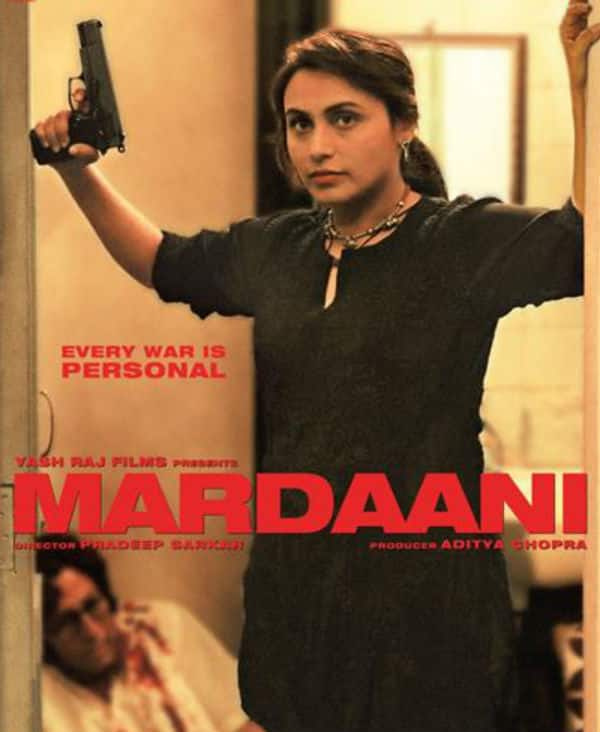Swajal- A step
towards making clean drinking water accessible to all.
Water is one of the most basic necessities of life. Clean drinking
water is not only a person’s need, but his basic right. Unfortunately, not
everyone can afford it. Every Indian is well aware of the issue of water scarcity
in our country. We manage to fulfill our need of drinking water by buying
bottled water or installing water purifiers, but that is not the case with everyone.
A huge unprivileged part of our country suffers seriously from the lack of clean
drinking water.
Every minute 4 people die because of the inaccessibility of
clean drinking water. 5000 people die everyday because of dirty drinking water.
1600 people die everyday due to diarrhea alone. 21% of all the communicable
diseases are water related. 69% people don’t have access to improved
sanitation. These indeed are very depressing facts and the situation needs to
be changed sooner rather than later.
Several start-ups are beginning to
tackle problems relating to water. One such start-up is ‘Swajal’, initiated by Saurya EnerTech.
The word ‘Swajal’ in Sanskrit means ‘Clean Water’. Swajal is a purifier which
uses solar energy to purify water at a reasonable rate. It aims to make clean
drinking water accessible to everyone. Swajal’s objective is to provide the
rural areas with sustainable health and hygiene benefits and improved water
supply systems supplying clean water.
Five out of the 900 villages in the area that comprises
Delhi and NCR have been picked to test this solar water purifier. Swajal has
also installed two 5000 litres per day purifiers in Chandankhera and
Karinabaugh villages where the fluoride content in water is very high. A fixed
amount of clean water is auto-dispensed to each consumer via a smartcard issued
by non-profit organization which commissioned the solar purifiers. The purifier
also has the feature of dispensing both hot and cold water.
The company has decided to supply the water at 30 paise per
litre when the capital expenses are paid for. Even when the capital expenses
are self sponsored, Swajal dispenses the purified ground water at Rs 1 per
litre. They plan on beginning to help the schools and hospitals in rural areas.
"Water is the most basic resource that all of us share.
We want it to be free for everyone," says Vibha Tripathi, one of the
co-founders of Saurya EnerTech.
Swajal surely has the potential to change the current
scenario of water scarcity. It is a vital step towards the development of rural
sections of India, and ultimately the development of the country itself.




